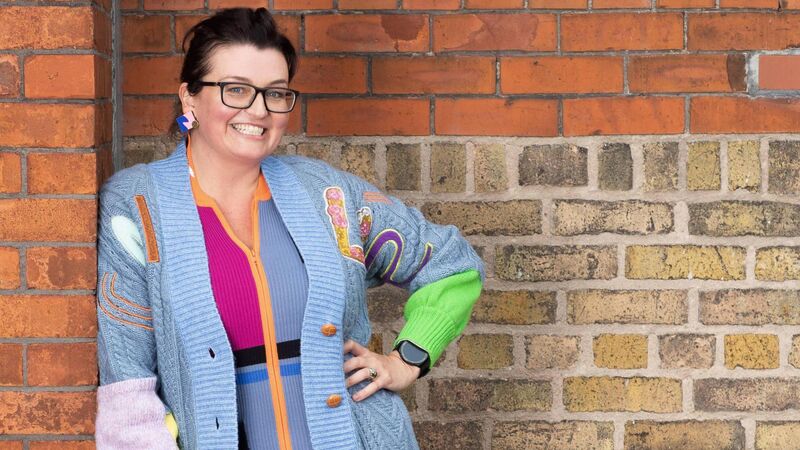Esther McCarthy: Why Marymount hospice in Cork is a place to be revered, not feared

Esther McCarthy. Picture: Emily Quinn
“I don't want him to be on his own,” my nine-year-old son says as we are debating what to do about a very vocal cat at the front door of Marymount Hospice.
He’s been there the past couple of evenings. Snow white, extremely friendly, with the aura of an absolute diva.
“He’ll be fine, love, he’s probably just wandering around looking for some attention, he’ll go home soon,” I tell him.
But I ask the guy at reception just in case. He gives me an update a couple of days later.
The cat has been brought to the vet, they found that he’s neutered but no chip and is now happily rehomed, and my son stops fretting.
The mention of Marymount, for some people (and me up to quite recently) can elicit a shiver of dread.
It’s word that can evoke a kind of visceral fear, a little kick of worry in the stomach.
Marymount used to be up the north side of Cork city, on Wellington Road, the original hospital was started in 1870 by the Sisters of Charity, initially to provide healthcare services for the community.
The vision for this hospital was inspired by the generosity of one Dr Patrick Murphy, who bequeathed his property to the Sisters of Charity with the condition that they establish a hospital for cancer patients.
Growing up, it was a place spoken about in hushed tones. If you were told someone was going into Marymount, it wasn’t good news.
I have a very clear memory of hearing my mam telling a neighbour about a friend who had been admitted to Marymount.
This would have been in the late 1980s. “Once you go in, you don’t come out,” she said ominously.
It sounded terrifying, a hidden place of sickness and sorrow.
She never said the word cancer either, it was always the “C-word” or the “Big C”.
I think maybe people used to be superstitious about saying cancer out loud, as if it might be summoned, like an evil spirit.
In 2011, Marymount relocated to a purpose-built site in Curraheen, just a few minutes drive from my house.
I was never in the old Marymount, but for the past three months, I’ve been in the Curraheen facility almost every day to visit a beloved and adored family member.
What I can say is that this Marymount is a place of incredible kindness and compassion. A warm, open, bright building.
All the staff working there — they’re special, they really are. Everyone, from the cleaners, to the canteen staff, to the health care assistants, to the physiotherapists, the nurses, the doctors, the specialists, they are extraordinary.
They create an environment of solace, and acceptance, there is a sense of peace there. And I don’t know how they do it, but there’s no ‘hospital smell’.
There are no fixed rules either. There’s a happy hour in Marymount every Wednesday, the rattle of the drinks trolley offering tipples of choice.
One evening, after a busy day, I got home and plonked myself on the couch and realised I hadn’t been out to visit.
It was around 11pm, but it wasn’t a problem because I knew I could go and pop in without facing administrative frowns or loaded glances at watches, or that wretched feeling of inconveniencing anyone.
It meant I didn’t have to go to bed worrying about not seeing her, we got to have our little chat in person, and I was able to give her a kiss goodnight.
The staff know how the little things can mean a lot. Like tea. Even if the preferred brew is late at night, from a personal teabag stash, with — and this is crucial — literally three drops of milk.
In Marymount, the person is accommodated, not the disease.
In August, we had a birthday party there, with cake and balloons and fizzy drinks, a joyful celebration, the spacious room filled with our laughter and our messing, doors open onto the private balcony, looking onto a swath of wildflowers.
We get to share this occasion, precious and valuable and finite. It’s a treasure of togetherness, a luxury that a hospital setting could never have afforded us.
One night, my cousin and I fell asleep on the big orange couches and woke to find someone had put blankets over us. Little kindnesses that mean so much.
But to know your loved one’s pain is being managed in a dignified and professional way can only be appreciated if you’ve ever had to experience otherwise. It is monumental.
And though it devastates us to lose her, this place and its people gifted us the peace of mind and solace of knowing our most cherished person, the best of us all, was in no pain when she passed away, age 65, surrounded by her family and a multitude of love.
For this, we will be forever grateful.





